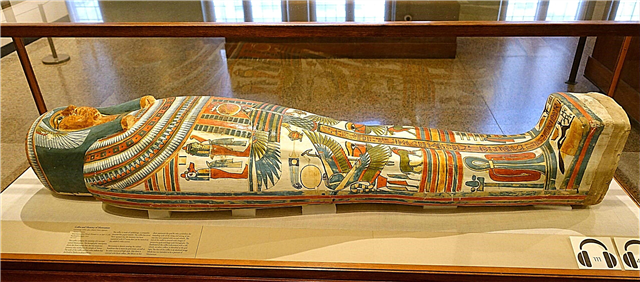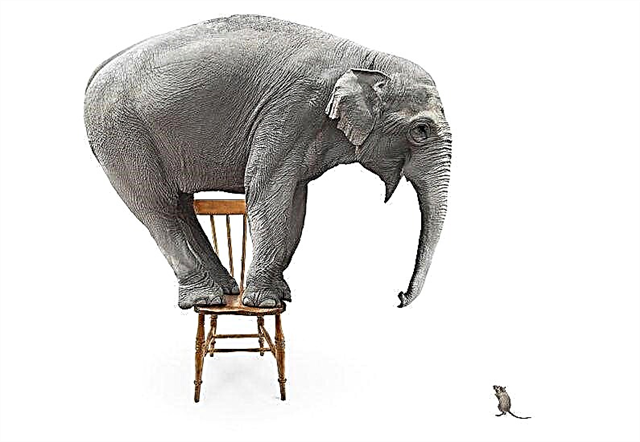
It is difficult to imagine the world around us in black and white, and this is how most animals see it this way. What to say about animals that cannot convey what they see. Therefore, you have to resort to various methods for determining color perception.
How do eyes and brain perceive colors?
Color is how the eyes perceive visible light and distinguish it in the composition of the spectrum. Human eyes are distinguished by more developed color vision. First of all, light enters the retinal receptors, which are photosensitive. Next, a signal is transmitted to the brain. In this case, a complex mechanism is launched, as a result of which color perception is formed in the brain.

Interesting fact: when light rays with the same spectral composition fall into the eyes of two people, they distinguish shades in different ways. Disputes about colors do not make sense, because everyone sees in their own way. To determine the exact color, it is necessary to measure the composition of the spectrum of a given radiation.
Many environmental factors affect color perception. But the organs of vision are arranged in such a way that they can adapt. Despite environmental conditions (such as lighting), the eyes will identify the color identically.
It is noteworthy that there are three basic colors that the eye responds to: green, red, blue. If some changes occur in the retina, and it ceases to perceive one of the colors, then a person no longer distinguishes it from others. Very rarely, the eye does not recognize any of the shades.
How do animals distinguish colors?
The complexity of studying the vision of animals lies in the fact that it is not clear - the eyes react to the whiteness of the object, brightness, or still shade. Therefore, scientists use colors equal in these parameters. It is experimentally that it is possible to obtain minimal knowledge about the color perception of different animals.
It was reliably able to find out that mammals (except monkeys) cannot distinguish colors. They see only white-gray-black tones and notice the differences between their brightness. For example, the well-known myth is that the bulls of the Spanish bullfighting sharply react to red. In fact, they are annoyed by the movements that the matadors make - the color of the fabric has nothing to do with it. The same goes for other animals.
Experiments with the color perception of animals are quite complex and take a lot of time. For the purity of the result, it is necessary to take into account a lot of factors, observe the same test conditions, etc.
The basis of such an experiment is usually the ratio of a certain shade and food. The animal is taught so that a certain color is associated with the feeding process. In this case, a different shade is used for comparison.

As soon as a reaction to color appears, it is necessary to gradually change the brightness of the second hue. This allows you to make sure that the choice of the experimental animal does not depend on brightness, but only on color. At some point, it may become apparent that the animal responds to both colors equally. This means that for him there is no difference.
If, during the experiment, the animal chooses the color correctly, then it is able to distinguish between the two original shades. To confirm the results, an experiment is conducted with two new colors. It is worth remembering that the level of lighting, time of day, and other factors can distort the results.
As for all types of monkeys, they perfectly distinguish between shades. One could associate this with the higher nervous activity of these animals, but even fish, birds, insects can distinguish one color from another.
Interesting fact: monkeys can distinguish colors and have a bright color from nature. As for other animals (dogs, livestock, foxes with red-orange hair, etc.), they found a bright color either due to artificial selection, or as adaptation to the environment. Thus, we can assume that the bright shades on the body of the animal, which he has from nature, are a sign of the ability to distinguish colors.
To understand whether this or that animal distinguishes colors, scientists conduct a series of experiments with it. Initially, they teach to correlate a certain color with food, while demonstrating a second additional shade for comparison. When the animal gets used to it, the degree of brightness of the additional shade is changed in order to make sure of the reaction to the color, not the brightness of the object. If the animal continues to choose the right color - it distinguishes shades, if it reacts the same way - there is no color perception. To confirm the results, conduct a similar experiment with two other shades.












